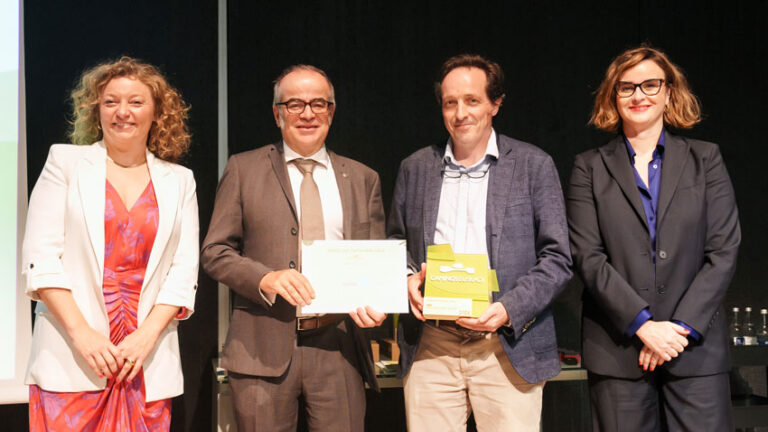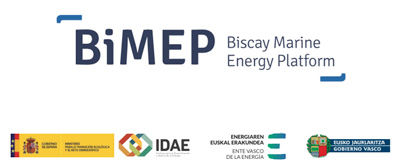The award was presented by the Association of Civil Engineers in recognition of BiMEP’s contribution to the development of marine energy
- BiMEP has two separate test facilities, a wave power plant in Mutriku and an offshore site located off Armintza.
- It is joint owned by the Basque energy agency (EVE), with a 75% stake, and the Spanish Institute for Energy Saving and Diversification, which has a 25% holding.
This year the Basque Association of Civil Engineers has given its innovation award to the marine energy test facility, BiMEP, for its crucial role in promoting research and development into new marine sources of renewable energy — specifically wave power and floating wind power.
The award, presented at the association’s annual meeting in Bilbao, recognises the innovative thinking of BiMEP’s founders a decade ago. In awarding the prize, the association referred to their foresightedness in identifying that tech companies would need fully equipped and pre-authorised offshore test infrastructures for trialling floating renewable power generation devices.
By commissioning the BiMEP, they provided the market with a critical permanently-available infrastructure for sea trials. The move also made research and development more efficient, by obviating the need for each company developing a prototype to invest millions of euros on testing it at sea and to engage in the laborious administrative processes involved in obtaining permits. BiMEP accelerated this process forward by offering a fully prepared ‘plug-and-play’ facility.
Large scale investment is required to develop a prototype from the initial concept or idea phase through to construction and offshore installation. This process requires years of work by scientists and a search for funding. Without BiMEP, it would take even longer to obtain the necessary authorisation and connect the device to the onshore power grid. More time, labour and money would be required for design and construction of the underwater power lines, onshore substation, etc. BiMEP makes all these infrastructures available to technology companies, thus reducing development times, rationalising investment and attracting talent from around the world.




